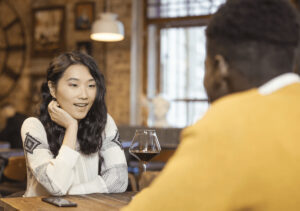
Flirting is a behavior designed to build or create attraction.
We all can relate to the feeling of being drawn like a moth to a flame to the energy of a fun, flirtatious conversation, one where we can’t help but twirl our hair, rub our beards, or lean in close to the other person with our face in our hands. The essential energy of flirting is lightheartedness, authenticity, playfulness, and desire from deep within yourself that bubbles up and out of your inner well to move and inspire people around you. When talking flirting, it’s essential to remember that authenticity does not mean perfection or being smooth in our efforts to engage those we are interested in. In fact, our imperfections and our vulnerabilities are actually attractive to others and therefore beneficial to our flirting.
Ultimately, you will learn to do this by taking small risks and having the direct experience of putting yourself out there. There is no expert that can tell you what’s best for you to learn what you need to learn, but friends, coaches, and direct feedback can help reflect your blind spots clearly so you can become more of your undefended self in the presence of those you are interested in.
Important aspects of flirting are listed below. Notice how much you embody each aspect of flirting. If you feel unsure, ask a coach or friend whose opinion you trust for their take on how you show up in this aspect in your dating life.
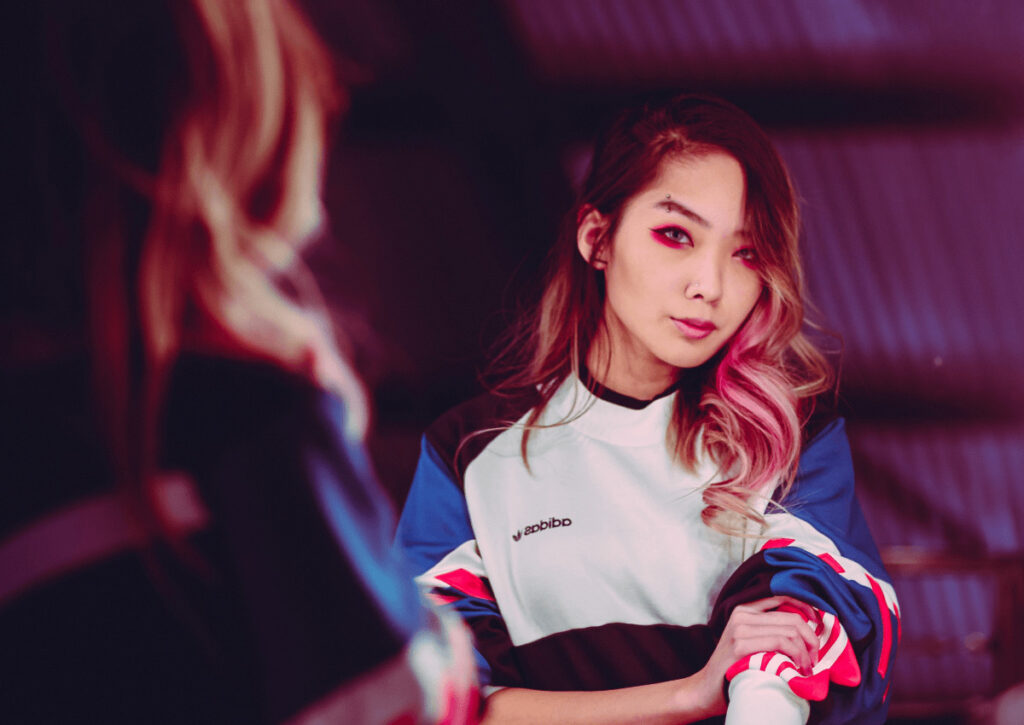
GREEN LIGHTING
❏ Initiate by smiling directly
❏ Initiate by showing interest through eye contact
❏ Seek proximity…without being a stalker 😉
❏ Initiate by speaking and showing interest in the other person’s answer; perhaps ask how the person you are interested in is doing
OPEN, ENGAGED BODY LANGUAGE
❏ Open – arms uncrossed, alert, good eye contact
❏ Good posture
❏ Interested and engaged
❏ Enthusiastic
❏ Curious, receptive, playful energy
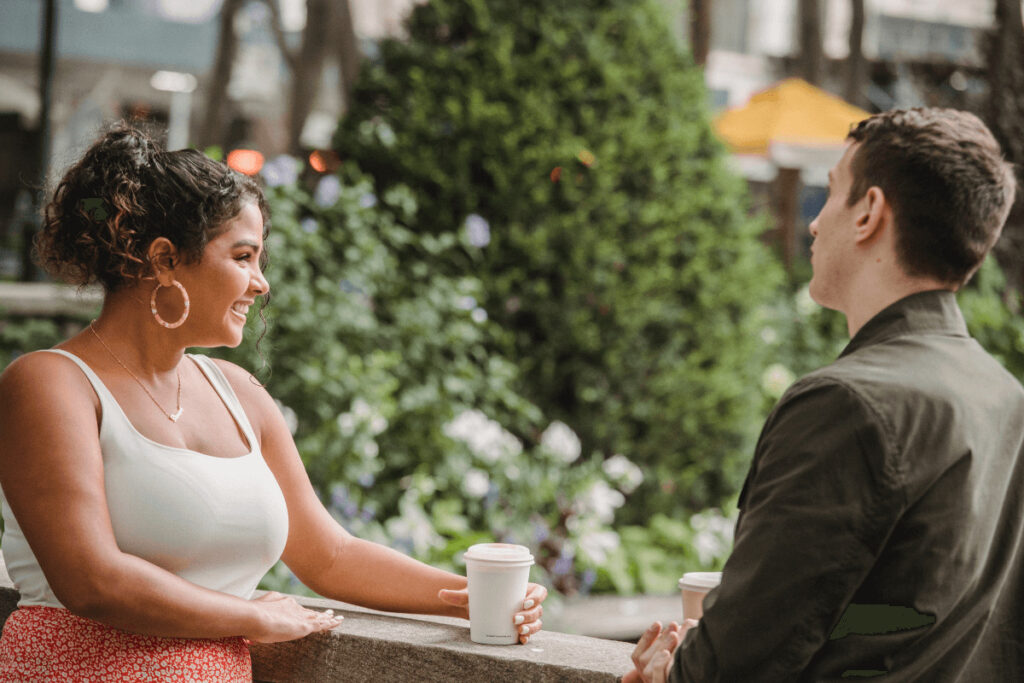
VULNERABLE COMMUNICATION
❏ Show interest through a mix of stating your interest, compliments, and asking questions
❏ Listen, repeat back what you’re hearing (not your interpretation or your similar experience. This is called a “support” response when you stay with the other person’s experience)
❏ Ask questions about the other person’s interest and life + listen for the answer
❏ Be open to where the conversation flows rather than rigidly interviewing
❏ Share what you’re feeling
❏ Share what you like about the person
DEEP LISTENING
❏ Active listening: Listen to what people are saying and repeat it back to them to make sure you got it right
❏ Listen for unique things about the other person
❏ Support responses versus shift responses: A support response is a response where we keep the focus on the other person, i.e. “tell me more about that experience,” whereas a shift response is a response that shifts the focus to ourselves, i.e. “I totally relate. I had a similar experience where…”

PLAYFUL CONFIDENT FLIRTATION
❏ Being willing to take a stand/be playful
❏ Playful gestures, i.e. arm touch when the other person has open body language and seems to be expressing interest. If the other person recoils when you do this, perhaps take a step back
❏ Express feeling responses: “Oh that feels so nice” “I like how that feels” “I don’t like how that feels” “that doesn’t feel good”
TOUCH
❏ Non-invasive, playful, gentle touch – touch on the arm
❏ Hugging
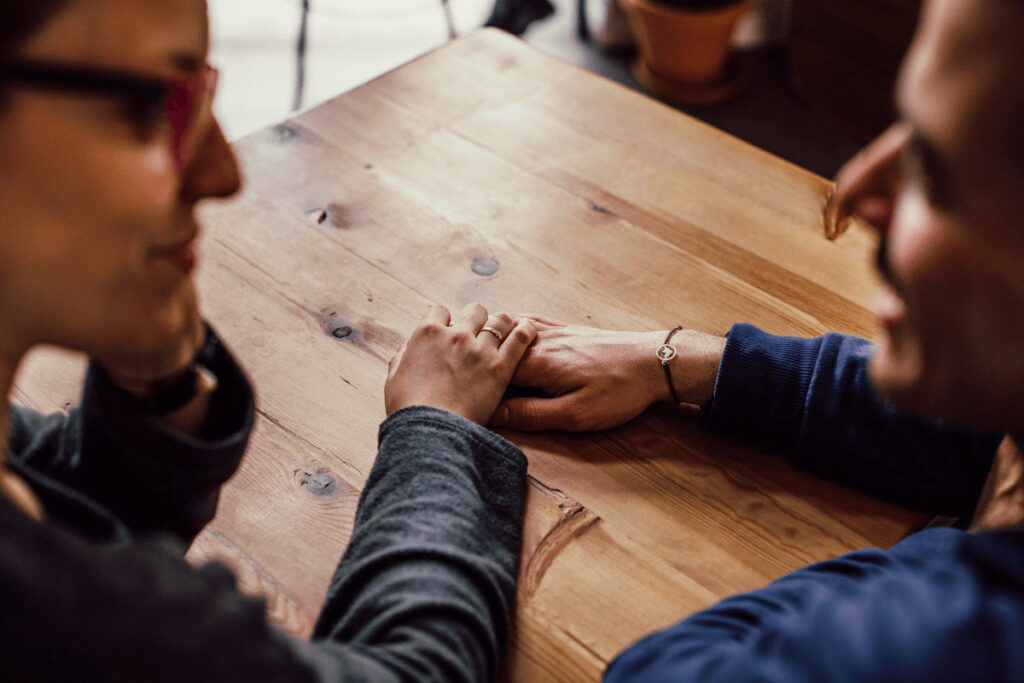
VULNERABLE ASSERTIVENESS
❏ “I” statements, i.e. “I’d like to see you again”
❏ Express desires
SIGNAL
❏ Be direct and overt in showing your interest
❏ When people are afraid of rejection, they under-signal. Feelings of vulnerability cause people to believe they are showing more romantic interest than they actually are. In an experiment, Vorauer and her colleagues (Vorauer, Cameron, Holmes, & Pearce, 2003) learned that the fear of being rejected by a potential partner can produce the “signal amplification bias.” This is when people believe that their gestures communicate more romantic interest to potential partners than they actually do.
❏ Open-ended, innocuous questions like “What do you think of this band?” or “What team are you rooting for?” that give you an opportunity to show interest in your potential date
❏ Direct approaches like “You’re cute — can I buy you a drink?”
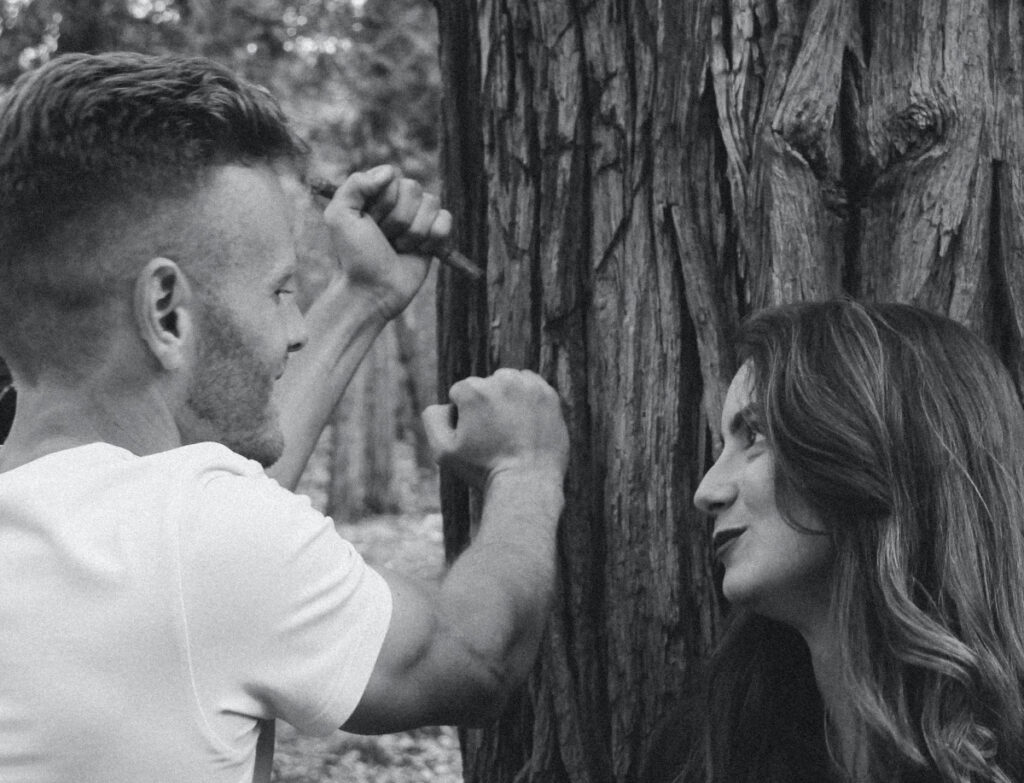
Meditation…
Sit for several minutes with eyes closed. Drop into your heart center. Recall an instance where you felt excited by possibility, bubbly, and like you couldn’t wait to share or express yourself with someone. Let yourself imprint this memory. When you finish, journal for a moment about how you can recall this energy when you are nervous or engaging with someone you like.
Extra Credit Journaling + Exercise
Make a list of all the activities you have done in the past that enhanced this feeling: favorite dates, things that make your heart light up from desserts to beach walks to paintball. Take yourself out on a self-date and do at least one thing from your list this week that you are really excited about.
Authors: Lauren Korshak & Drew Anne, Dating Coaches At Lovewell
Lauren is a therapist, author, coach, meditation teacher, and founder of Lovewell. Drew Anne Wolfson, a National Board Certified Health and Wellness Coach at Lovewell. Learn more about working with Lauren and Drew Anne at lovewellsf.com

